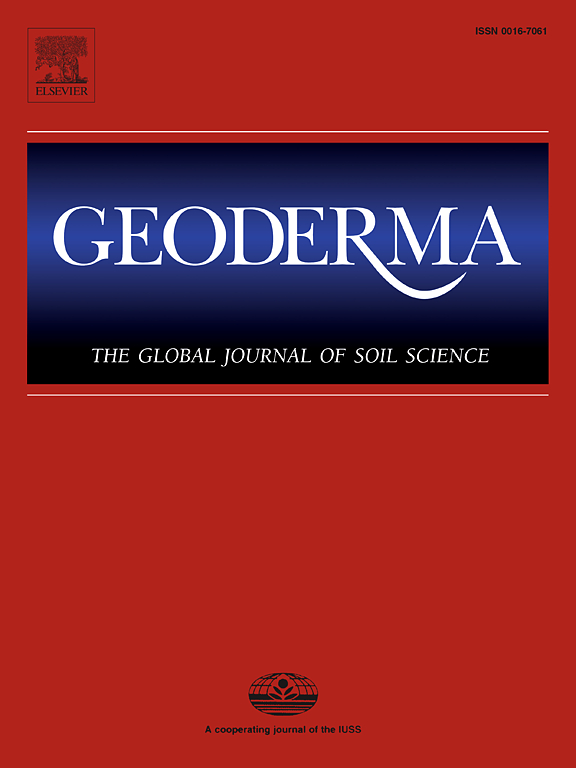微型节肢动物的生活史特征:土壤动物经济学谱的证据
IF 6.6
1区 农林科学
Q1 SOIL SCIENCE
引用次数: 0
摘要
进化通过有限资源的预算来优化生物体的性能,从而导致生命史的权衡。许多生命史特征与体型有关,体型较大的物种通常表现出较慢的生活节奏和较低的繁殖力。然而,由于栖息地空间的限制,土壤生物可能表现出与大小无关的生活史策略,但这从未被测试过。本文综合了世界上最丰富的主要生活在凋落物和土壤孔隙空间中的小节肢动物弹尾虫(虫纲:弹尾虫)和螨类(蜱螨目:恙螨目,无毛螨目,中毛螨目)的生活史特征。我们将生活史性状与体型和个体代谢率联系起来,发现土壤微节肢动物的生活史性状在寿命和繁殖率之间表现出一种权衡关系,跨越了从快到慢的生活史策略。与弹线虫、无柱头虫和中柱头虫相比,甲虫的生活史较慢,寿命较长,繁殖率较低。尽管土壤微节肢动物的新鲜体重有三个数量级的变化,但在所有体型类别中都出现了快速和缓慢的生活史策略,这表明它们的生活史策略在很大程度上与体型无关。总的来说,这些发现表明土壤动物经济学光谱对理解当地生物多样性和土壤动物物种的共存具有重要意义,例如弹线虫和甲虫如何在世界范围内共存。本文章由计算机程序翻译,如有差异,请以英文原文为准。
Life history traits in microarthropods: Evidence for a soil animal economics spectrum
Evolution optimizes the performance of living organisms through budgeting of limited resources, leading to life-history trade-offs. Many life-history traits are related to body size with larger species typically exhibiting a slower pace of life and lower fecundity. However, soil-living organisms may exhibit size-independent life-history strategies due to habitat space constraints, but this has never been tested. Here, we synthesize life-history traits in springtails (Insecta: Collembola) and mites (Acari: Oribatida, Astigmata, Mesostigmata), the most abundant microarthropods worldwide, living mainly in litter and the pore space of soil. We related life-history traits to body size and individual metabolic rate, and showed that life-history traits of soil microarthropods display a trade-off between lifespan and reproductive rate, spanning a continuum from fast to slow life-history strategies. Oribatida exhibit remarkably slow life-histories and long lifespans with lower reproductive rates than Collembola, Astigmata and Mesostigmata. Despite fresh body mass of soil microarthropods varying by three orders of magnitude, fast and slow life-history strategies occurred in all size classes suggesting largely size-independent life-history strategies. Overall, these findings indicate a soil animal economics spectrum that bears key implications for understanding local biodiversity and the coexistence of soil animal species, such as how Collembola and Oribatida coexist worldwide.
求助全文
通过发布文献求助,成功后即可免费获取论文全文。
去求助
来源期刊

Geoderma
农林科学-土壤科学
CiteScore
11.80
自引率
6.60%
发文量
597
审稿时长
58 days
期刊介绍:
Geoderma - the global journal of soil science - welcomes authors, readers and soil research from all parts of the world, encourages worldwide soil studies, and embraces all aspects of soil science and its associated pedagogy. The journal particularly welcomes interdisciplinary work focusing on dynamic soil processes and functions across space and time.
 求助内容:
求助内容: 应助结果提醒方式:
应助结果提醒方式:


